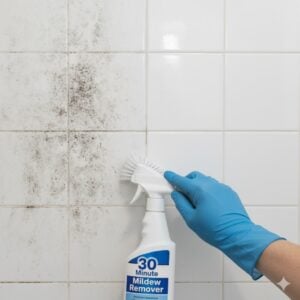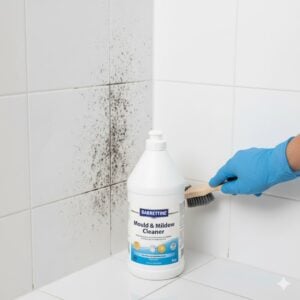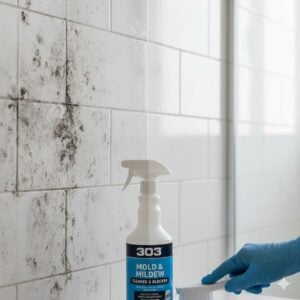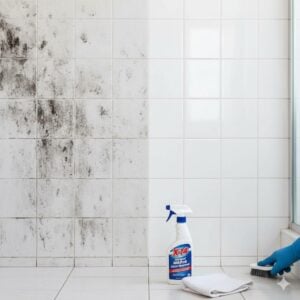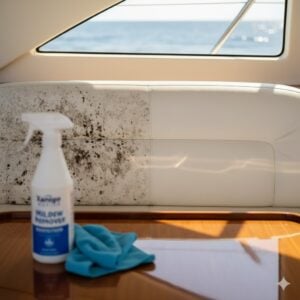Hey there! Delving into the nitty-gritty of mold remediation costs can save you a significant amount of stress and, more importantly, money. At Bio On, we understand how daunting the thought of mold infestation and its removal can be. That’s why we’re here to demystify the costs associated with mold remediation and offer you expert insights to ensure you’re well-prepared. Understanding the factors that influence the cost can make a huge difference in how you approach this challenge, ensuring you get the best service without breaking the bank.
Table of Contents
Toggle#1 Understanding Mold Remediation
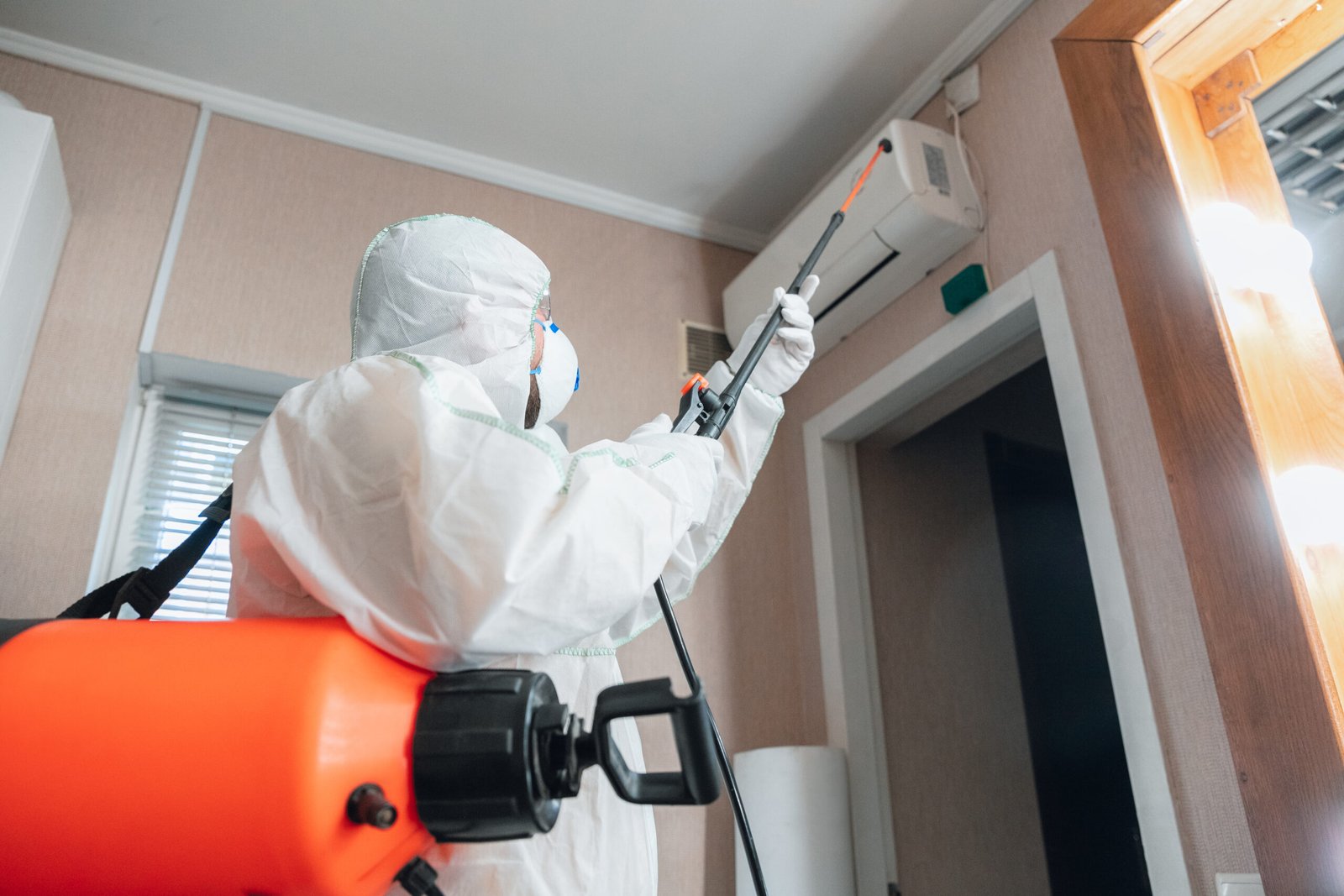
Mold remediation, a term that often sparks concern among homeowners and property managers alike, refers to the specialized process of removing, cleaning, and preventing mold growth indoors. Unlike simple mold removal, remediation focuses on addressing the underlying moisture problems that cause mold to thrive, ensuring a long-term solution to what can be a recurring issue. The process begins with a thorough inspection to identify mold-affected areas and the source of moisture that allowed the mold to grow. This step is critical, as mold can be hidden in walls, under carpets, or in air ducts, making it challenging to detect and effectively remove without professional equipment.
Once the extent of the mold infestation is assessed, containment measures are implemented to prevent the spread of mold spores during the cleanup process. This might involve sealing off the affected area with plastic sheeting and using negative air pressure to keep mold spores contained. The next step involves air filtration, using HEPA filters to clean the air of mold spores and other particulates. This is a crucial phase, as mold spores can be hazardous to health, especially for individuals with allergies, asthma, or compromised immune systems.
The actual removal of mold involves various techniques, depending on the surface affected and the mold type. Non-porous materials can often be cleaned and sanitized, while porous materials like drywall or insulation may need to be removed and replaced to ensure complete remediation. After removing the mold, the area is thoroughly dried and sanitized to prevent future growth. This may involve the use of dehumidifiers and air movers to eliminate any residual moisture, a key factor in preventing mold recurrence.
A critical component of mold remediation is addressing the source of moisture that led to mold growth. Without fixing leaks, improving ventilation, or solving other moisture problems, mold is likely to return. Professionals may recommend improvements like better insulation to prevent condensation, upgrading ventilation systems, or installing dehumidifiers in damp areas of the home or building.
Preventative measures are an essential final step in the mold remediation process. This can include applying antimicrobial treatments to resist future mold growth, sealing water leaks, and implementing strategies to maintain low humidity levels indoors. Education on how to spot early signs of mold and moisture issues is also provided, empowering property owners to take proactive steps towards maintaining a mold-free environment.
#2 Factors Influencing Mold Remediation Costs

The costs associated with mold remediation can vary significantly, influenced by several key factors that are critical to understand when preparing for a mold removal project. Firstly, the extent of the mold infestation plays a major role in determining the overall cost. A small area affected by mold, such as a portion of a single room, will naturally incur lower costs compared to widespread mold presence throughout an entire building. This is because larger areas require more time, labor, and materials to properly remediate. Additionally, extensive mold growth might also necessitate the replacement of structural elements like drywall, flooring, or even support beams, further increasing the project’s cost.
The type of mold is another crucial factor. Some mold species, like Stachybotrys chartarum, commonly known as black mold, are more challenging to remove due to their toxic nature and the stringent safety measures required to handle them. Remediation of these types of mold often requires specialized equipment and more rigorous containment procedures, which can drive up the cost. Moreover, certain molds can cause more damage to materials, necessitating extensive repairs or replacement to ensure the integrity of the structure.
Location of the mold growth also impacts the remediation cost. Mold found in easily accessible areas, such as on the surface of walls or ceilings, is typically less costly to remove than mold located in hard-to-reach spaces like inside HVAC systems, behind walls, or under floors. These scenarios may require dismantling or significant disruption to access the mold, thereby increasing labor hours and the need for specialized equipment to complete the job effectively.
Furthermore, the cost of mold remediation is not solely about the removal process itself. Post-remediation restoration and repair costs can be substantial, depending on the amount of damage caused by the mold and the remediation process. This might include painting, replacing drywall, re-carpeting, or even major structural repairs in severe cases. The need for these repairs adds another layer to the overall expenses associated with mold remediation, emphasizing the importance of considering the complete picture when budgeting for mold remediation projects.
#3 How to Estimate Your Mold Remediation Costs
Estimating the costs for mold remediation is a crucial step in addressing mold infestations effectively. The process begins with a professional inspection and assessment, which is essential for identifying the extent of the mold problem and the specific steps needed for its remediation. This inspection, often carried out by certified mold remediation specialists, evaluates not only the visible signs of mold but also seeks out hidden mold and moisture sources using tools like moisture meters and infrared cameras.
The outcome of this inspection is a detailed report that outlines the scope of the remediation work, which is the basis for estimating the project’s cost. The cost of this inspection varies, but it is a critical investment for accurate and effective remediation.
Average cost ranges based on the size of the infestation are helpful for homeowners to understand the potential financial commitment. Small-scale projects, such as those confined to a single room or a small area, might range from a few hundred to a few thousand dollars. In contrast, extensive mold remediation projects that involve multiple rooms or hidden mold within the building’s structure can escalate to several thousands of dollars. It’s important to note that these ranges are approximations; actual costs can vary based on local labor rates, the severity of the mold problem, and the specific remediation techniques required.
Additional costs to consider in the budgeting process include mold testing, which may be recommended before and after remediation to ensure the mold has been effectively removed. While not always necessary, testing can add to the project cost but provides peace of mind that the indoor environment is safe. Repair and restoration costs post-remediation can also be significant, depending on the damage mold has caused to the structure and finishes of the home. These costs might cover everything from simple painting and drywall repair to more substantial construction work required to restore the property to its pre-mold condition.
Given the variables involved, homeowners are advised to obtain multiple quotes from certified remediation specialists to compare services and prices. These quotes should be detailed, breaking down the costs for each aspect of the remediation process, including labor, materials, and any additional services like testing or repairs. This level of detail not only helps in making an informed decision but also in preparing financially for the project ahead.
#4 Cost-Saving Tips for Mold Remediation
Navigating the complexities of mold remediation doesn’t have to drain your wallet. By understanding a few cost-saving strategies, you can significantly reduce expenses while ensuring the mold is effectively and safely removed from your home. First and foremost, identifying the presence of mold early on can limit the extent of the infestation and, consequently, the cost of remediation. Regular inspections in prone areas, such as basements, bathrooms, and under sinks, can help catch mold growth before it becomes widespread.
For minor mold issues, DIY removal can be a feasible and cost-effective option. However, it’s crucial to know what’s safe to tackle on your own and when to call in the professionals. Small areas affected by mold, typically less than 10 square feet, can often be handled without professional help, using household cleaning products designed for mold removal. It’s important to wear protective gear and ensure the space is well-ventilated during the DIY remediation process. Yet, for larger infestations or molds that produce toxins, professional remediation is necessary to safely and effectively address the issue.
Opting for professional mold remediation doesn’t mean costs can’t be controlled. Obtaining multiple quotes from certified professionals can help ensure you’re getting competitive rates for the service. Furthermore, detailed discussions with these professionals can reveal different approaches to the remediation process, some of which may be more cost-effective than others without compromising on safety or efficiency. Asking about package deals or discounts for multiple services can also lead to savings, especially if you require extensive remediation and repair work.
Investing in long-term prevention strategies is another critical cost-saving measure. After addressing the immediate mold issue, taking steps to prevent its return can save thousands in potential future remediation costs. This includes improving ventilation, fixing leaks promptly, controlling humidity levels within the home, and applying mold-resistant paints or primers in high-risk areas. While these measures involve upfront costs, they’re investments in the health of your home and can prevent the much higher costs associated with recurring mold problems.
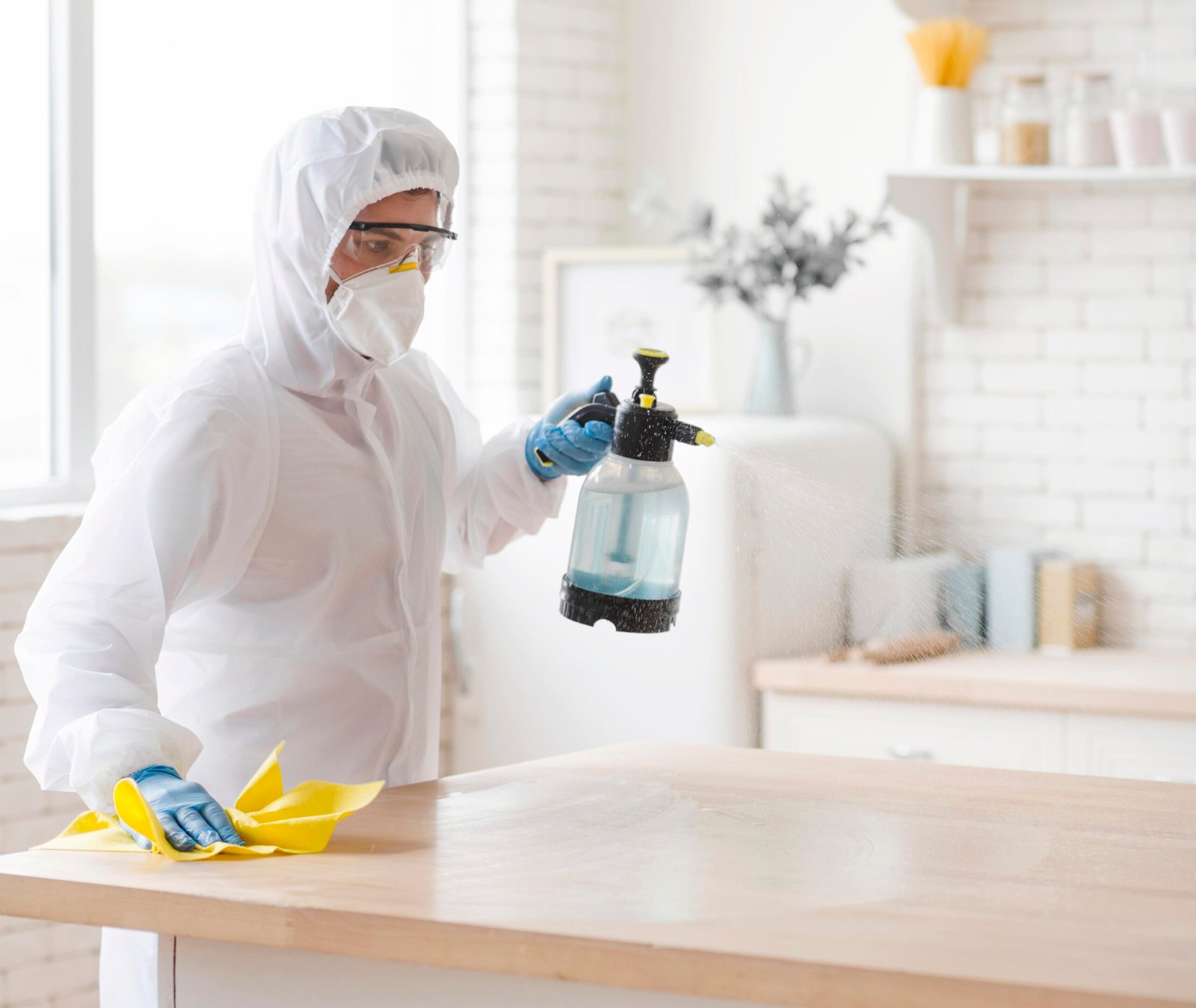
Lastly, exploring insurance coverage options and financial assistance programs can provide relief in managing the costs of mold remediation. Some homeowner’s insurance policies may cover mold damage if it’s a result of a covered peril, such as a burst pipe. Understanding your policy’s coverage and the documentation required can unlock potential financial support for the remediation process.
#5 The Role of Professional Remediation Services
The role of professional mold remediation services cannot be overstated when it comes to effectively addressing mold infestations. These experts bring a level of knowledge, experience, and equipment to the table that far surpasses what the average homeowner can muster, ensuring not just the removal of mold but its lasting prevention. The first hallmark of a reputable professional service is certification. Organizations such as the Institute of Inspection, Cleaning and Restoration Certification (IICRC) set industry standards for mold remediation. Hiring a certified professional guarantees that the most up-to-date procedures and safety measures are employed during the remediation process.
The importance of certified professionals extends beyond their initial credentials. Continuous education and adherence to evolving industry standards are what keep these experts at the forefront of mold remediation technology and techniques. This ongoing commitment ensures they are equipped to tackle various types of mold and the challenges each presents, employing the most effective strategies for containment, removal, and prevention.
Selecting the right remediation service requires homeowners to be diligent. It’s essential to review the services offered and confirm that they include a comprehensive approach: assessment, containment, filtration, removal, cleaning, and prevention. Asking for references and before-and-after pictures of previous jobs can provide insight into the quality of work and customer satisfaction.
Key questions to ask potential service providers revolve around their approach to your specific mold issue. This includes inquiries about how they plan to isolate and treat affected areas, what kind of equipment they use, their process for preventing mold’s return, and how they will minimize disruption to your home. Understanding their methodology will give you confidence in their ability to handle your mold problem effectively.
Moreover, transparency about the cost is crucial. A trustworthy service will provide a detailed quote that breaks down the expenses involved, offering clarity and helping to avoid unexpected costs down the line. This quote should be based on a thorough initial inspection, during which the professional assesses the extent of the mold issue and identifies the necessary steps to remediate it.
Finally, the value of professional remediation services is not just in the immediate removal of mold but in their role in safeguarding the health of the home’s inhabitants. Mold can have significant health implications, especially for those with respiratory issues, allergies, or compromised immune systems. Professional remediation services take these concerns seriously, employing measures to contain and eliminate mold while minimizing exposure to harmful spores during the process.
Why Bio On is Your Go-To Solution for Mold Remediation Costs
Bio On stands out as the definitive solution for mold challenges due to its comprehensive approach to remediation and deep cleaning. Leveraging extensive expertise and cutting-edge technology, Bio On not only addresses visible mold but also eradicates hidden spores and rectifies underlying moisture issues, preventing recurrence. The dedication to using eco-friendly and health-conscious methods ensures the safety of both the environment and occupants. With a commitment to excellence, Bio On provides personalized services, tailoring strategies to meet the unique needs of each property. This meticulous attention to detail and customer-focused approach, combined with around-the-clock availability for consultations, makes Bio On the go-to expert for mold remediation, ensuring peace of mind and a healthier living space.
Conclusion
In conclusion, understanding the intricacies of mold remediation costs and processes is crucial for tackling mold effectively without undue financial burden. With factors such as the extent of infestation, type of mold, and the necessity for professional intervention influencing costs, informed decisions are key to managing this challenge efficiently. Bio On’s expertise in mold remediation and deep cleaning, combined with a commitment to tailored solutions and environmental safety, ensures a thorough and health-conscious approach to mold issues. For personalized advice and a strategic approach to mold challenges, readers are encouraged to reach out to the Bio On team via the WhatsApp button for a free consultation, securing a healthier living environment with expert guidance.









